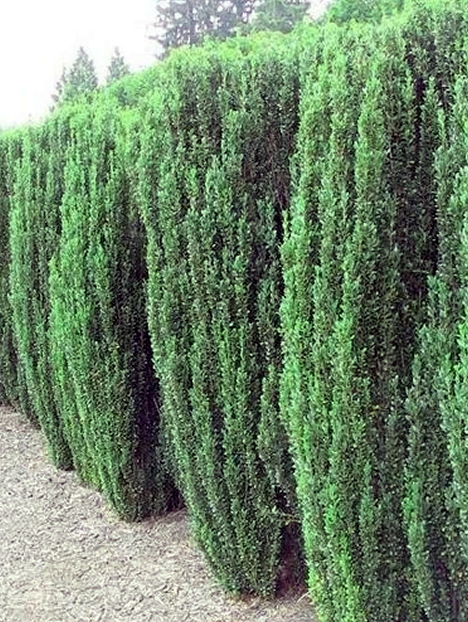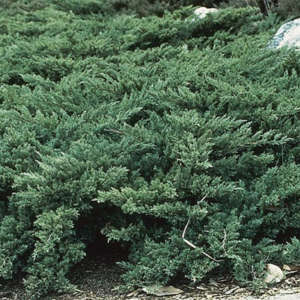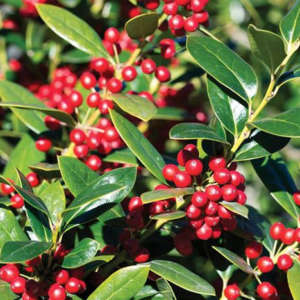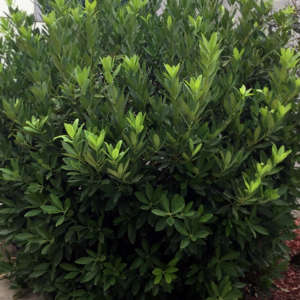Description
Japanese holly (Ilex crenata) is an evergreen shrub with a dense branching pattern. It looks similar to boxwoods, and many growers enjoy using it as a lush hedge or border in the landscape. The shrub generally features rounded, glossy, dark green leaves that are only a little more than an inch long. And it sports small, white, four-petaled flowers in the late spring that tend to attract bees and other pollinators. The flowers give way to small, black, rounded fruits. Japanese holly has a slow growth rate and can be planted in the fall or spring.
Japanese holly is a fairly low-maintenance plant as long as you start it off healthy. It’s important to plant it in a site that has good soil drainage and some protection from the elements, especially bitter winds.
Once mature, the shrub typically only needs watering during dry spells. And it generally requires feeding once a year. It also can benefit from the additions of compost and mulch. Moreover, the plant doesn’t need a lot of pruning unless you’re aiming to train it in a neat, particular shape, such as a curving topiary.
PLANTING & CARE
Light: Japanese holly grows best in full sun to partial shade. This means it needs at least roughly three hours of direct sunlight on most days. In warmer climates, it will appreciate some shade from the harsh afternoon sun. But in cooler climates, it typically should have full sun (at least six hours of direct sunlight on most days) to grow its best. Too little light will result in slower growth and less dense branching.
Soil: This shrub can tolerate a variety of soil types, from sandy and rocky soil to clay soil. Ideally, it should be planted in loose, loamy soil that has good drainage. It prefers a slightly acidic soil pH.
Water: Japanese holly plants like a moderate amount of soil moisture. Keep young shrubs in evenly moist but not soggy soil to help them establish their root systems. Mature shrubs have some drought tolerance, and they also can tolerate occasional flooding. However, sitting for too long in wet soil can cause the foliage to turn a pale green and ultimately rot the roots, killing the plant. Water whenever you can stick your finger into the soil and it feels dry a couple inches down. To help maintain adequate soil moisture and keep the roots cool, add a 2- to 4-inch layer of mulch around the shrub.
Temperature & Humidity: Japanese holly prefers a temperate climate and doesn’t do well in extreme temperatures, both hot and cold. It’s ideal to plant your shrub in a spot that’s protected from harsh winds, which can damage the foliage. And in the colder parts of its growing zones, you might have to wrap your shrub in burlap for winter protection. The shrub also tends to struggle in areas with high humidity and instead prefers average humidity levels.
PRUNING
Japanese holly shrubs don’t need much pruning. But they can be pruned as needed to maintain a desired shape. They generally can handle light pruning at any point in the spring to early fall, though any substantial pruning should be performed in the late winter. Avoid pruning roughly two months prior to your area’s projected first frost in the fall, as pruning can encourage tender new growth that the frost will damage. But remove any dead, damaged, or diseased branches as you spot them.
To shape your Japanese holly into a hedge or topiary, lightly prune it several times during the growing season. Don’t severely prune it into your desired shape all at once. However, if you have an old shrub that needs rejuvenating, cut it back in the late winter to roughly 6 to 12 inches off the ground. This will encourage healthy new branches to grow and reform the shrub.






Reviews
There are no reviews yet.